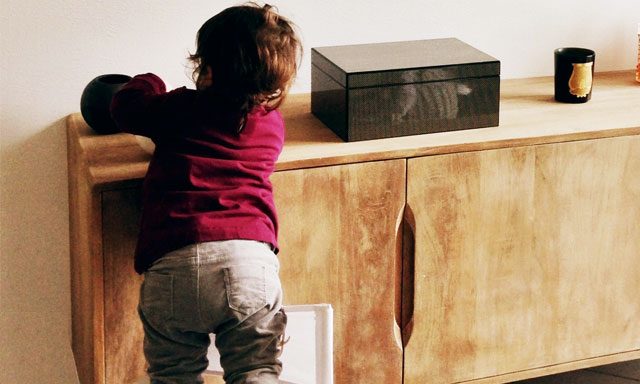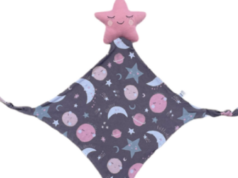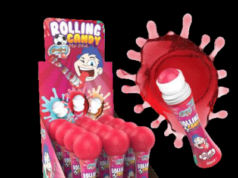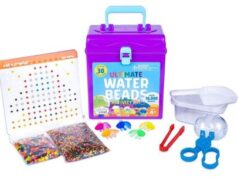
Furniture tip-over accidents have the capability of causing serious injuries or even death to children. This article will explain how to protect your rights and seek compensation from the manufacturer.
Injuries caused by furniture top-overs generally fall under product liability law. While bringing this type of claim or lawsuit case can be incredibly complex, you should know that there are product liability attorneys who take these types of cases on contingency (no fees unless they actually win your case).
If your child has suffered an injury due to a defectively-designed piece of furniture, the best way to learn what legal options are available to you and your family would be to seek out a free consultation (which you can do by phone or email) with a product liability lawyer in your area.
Through a properly-filed claim or lawsuit, you’re permitted to seek monetary compensation from the manufacturer to cover damages related to the injury (medical bills, pain and suffering, lost wages, etc).
Preventing Furniture Tip-Overs
While furniture tip-over accidents do fall under the provisions of product liability law, there are things consumers can do in order to prevent these types of accidents from happening in the first place. Some of the ways to prevent dresser tip-over accidents include the following:
- Anchor all furniture to the wall
- Make sure your furniture is sturdy
- Properly secure all televisions
- Mount flat-screen televisions to the wall
- Follow all manufacturer’s instructions on installation
- Use low and stable TV bases
- Secure any furniture that is top-heavy, or consider replacing it
- Remove any objects from furniture that may be tempting to young children
While these precautions may take a little bit of extra time, they will save any potential accidents and injuries from happening.
Furniture Recalled Due to Tipover Concerns
Clothing storage units (e.g., chests, drawer chests, chests of drawers, dressers, and bureaus) are required by law to conform to ASTM international standards. One standard in particular, ASTM F2057-14, deals with tipover risks. If furniture is designed in a way that does not meet these standards, the company opens itself up to liability.
Several furniture companies have issued recalls after failing to comply to this ASTM standard, including many designs sold via online retailers such as Amazon.com, Target.com, and WalMart.com.
South Shore has recently expanded an earlier recall affecting over 68,000 Summer Breeze style 5-drawer chests of drawers because they do not comply with the ASTM performance requirements.
Homestar North America recently recalled their Stockholm three-drawer TV chests, sold exclusively on Target.com, due to a similar noncompliance of U.S. voluntary industry standard ASTM F2057-14.
Last year on June 28th, 2016, IKEA issued a recall affecting 29 million dressers and chests that can tip over easily and trap children and toddlers underneath. The recall covers consumers in the United States and Canada. It applies to a variety of Ikea chests and dressers that include the MALM line. According to Ikea, the units subject to recall include all children’s chests and drawers higher than 29.5 inches. The units were sold through June of 2016.
At least eight children have died and another three dozen have been injured in furniture tip-over accidents related to this particular IKEA recall.
Ikea is offering customers a refund for units manufactured between 2002 and 2016 and a store credit for half the original price for units manufactured before that time. Last year the company started offering free-wall mounting kits after reports of children’s deaths began to surface.
Furniture Tip-Over Myths
Even though it may not appear that the furniture in your house is dangerous, if you have young children, we urge you to take a closer look at ANY unsecured furniture. Children don’t give a second thought to the risk they may be facing when they climb on a dresser to reach something they want, but these risks can be eliminated with very little effort.
The following myths are important for parents to keep in mind in order to protect the children from injuries that occur from tip-over accidents.
Myth #1: The dresser is too heavy to tip over.
While the dresser may have been a heavy piece of furniture for the movers or furniture delivery people, it is a hazard for a young child. When a child opens the drawers it changes the center of gravity which can allow the furniture to tip over even without someone climbing on it.
Myth #2: It is not necessary to anchor the dresser in the master bedroom because the children do not play in there.
It doesn’t take much time for a tip-over injury to occur. Children may simply wander into the room even when closely supervised. It is important to anchor the furniture in all bedrooms and other rooms, and not just the nursery or play room.
Myth #3: Latching the drawers protects the furniture from tipping over.
The latches on cabinets are intended to prevent babies and young toddlers from gaining access but are not supposed to replace furniture anchors.
Myth #4: Older children know better than to climb.
Children often climb to reach something they want at the top of a piece of furniture. They use drawers like a ladder, and most children simply don’t see the potential risk of such an accident.
Myth #5: A safe sturdy dresser makes it safe from tip-overs.
All furniture can be hazardous regardless of how sturdy you may think it is. Furniture anchors are an incredibly inexpensive way to ensure the safety of your child.







